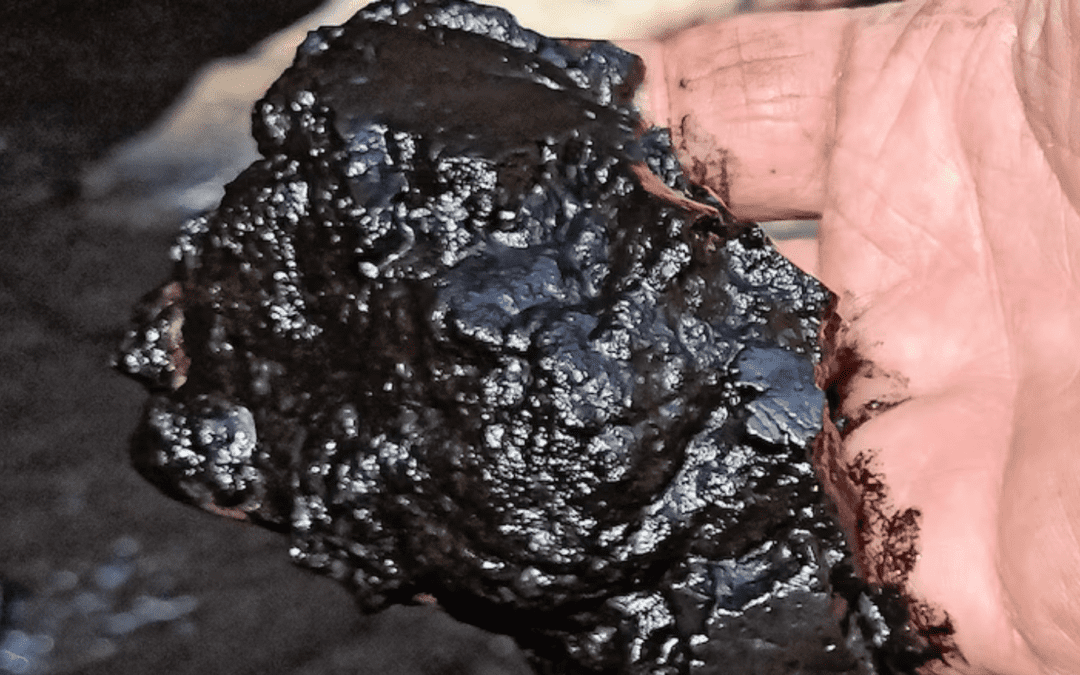The New South Wales Environmental Protection Agency (EPA) launched legal action last week against Metropolitan Collieries, an underground coal producer, in response to two pollution incidents that severely impacted the waterways of Australia’s Royal National Park.
The legal action stems from pollution events that occurred in September and October 2022, and comes in the wake of an earlier incident that led to the mine’s owner, Peabody, operating under a restricted license.
The charges are related to environmental concerns raised by conservationists who reported witnessing a disconcerting “thick, black custard-like substance” in Camp Gully Creek in September last year. This creek feeds into the Royal National Park’s Hacking River and is a crucial part of the Sydney water catchment area.
The EPA’s allegations against Metropolitan Collieries include charges of failing to maintain surface water facilities at the mine site near Helensburgh, rendering them incapable of handling additional rainfall. Consequently, two discharges of coal-contaminated water occurred during September and October 2022, leading to four alleged offences under the Protection of the Environment Operations Act 1997.
In a more serious turn of events, the EPA has accused the mine of breaching an EPA Prevention Notice in October 2022. This alleged breach pertains to the failure to implement preventive actions related to water management practices and monitoring, as well as the failure to meet more stringent water quality standards, adding up to a total of five offences.
CEO of the NSW EPA, Tony Chappel, expressed disappointment over these incidents, emphasising their risk to the environment and wildlife. He stressed the critical importance of adhering to environmental standards, expecting all industries to fulfil their obligations to safeguard ecosystems for future generations.
“This pollution incident put both the environment and wildlife at risk, not once, but twice,” Mr. Chappel said.
“The standards we set are critical to protecting the environment and we expect all industries to meet their obligations to ensure our ecosystems are protected for generations to come.
“No-one in NSW wants to see our pristine national parks at risk, especially the local communities that surround them.”
Furthermore, these pollution events have had significant consequences, delaying plans by the NSW government to reintroduce platypuses into the Royal National Park. Concerns regarding water quality following these pollution incidents prompted a postponement of nine months.
Despite the legal proceedings initiated by the EPA, some critics argue that fines alone may not be a sufficient deterrent. Greens MP Sue Higginson believes that corporations of this magnitude merely incorporate fines into their cost-benefit analysis, and that stricter penalties are required.
“We need to do more than retrieve a small amount of money from this corporation,” Ms. Higginson said.
“We are talking about a billion-dollar, multi-national corporation. What we know is that these types of corporations simply factor these penalties into their cost-benefit analysis.
“Fines only act as a deterrent if the cost of the fine is worth more than the profit generated by the crime.”
Local activist Kaye Osborn from the Protect Our Water Alliance echoed these sentiments, expressing dissatisfaction with the time it took for the EPA to take legal action and emphasising that if mines cannot operate without contaminating local waterways, they should not operate at all.
“I’m not satisfied with the fines Metropolitan Colliery has previously been handed either,” Ms. Osborn said.
“If mines can’t operate without contaminating local waterways, then they shouldn’t be operating at all.”
In May, the EPA had already imposed stricter conditions on the mine’s environmental protection license and issued penalties totalling $30,000 for a separate water pollution incident in late November 2022.
Each of the five alleged offences related to the September and October 2022 incidents carries a maximum penalty of $1 million. The case is scheduled to be heard in the NSW Land and Environment Court next month. The EPA has maintained a strong stance on the matter, and these developments underscore the importance of adhering to environmental regulations to protect precious natural resources and wildlife.

